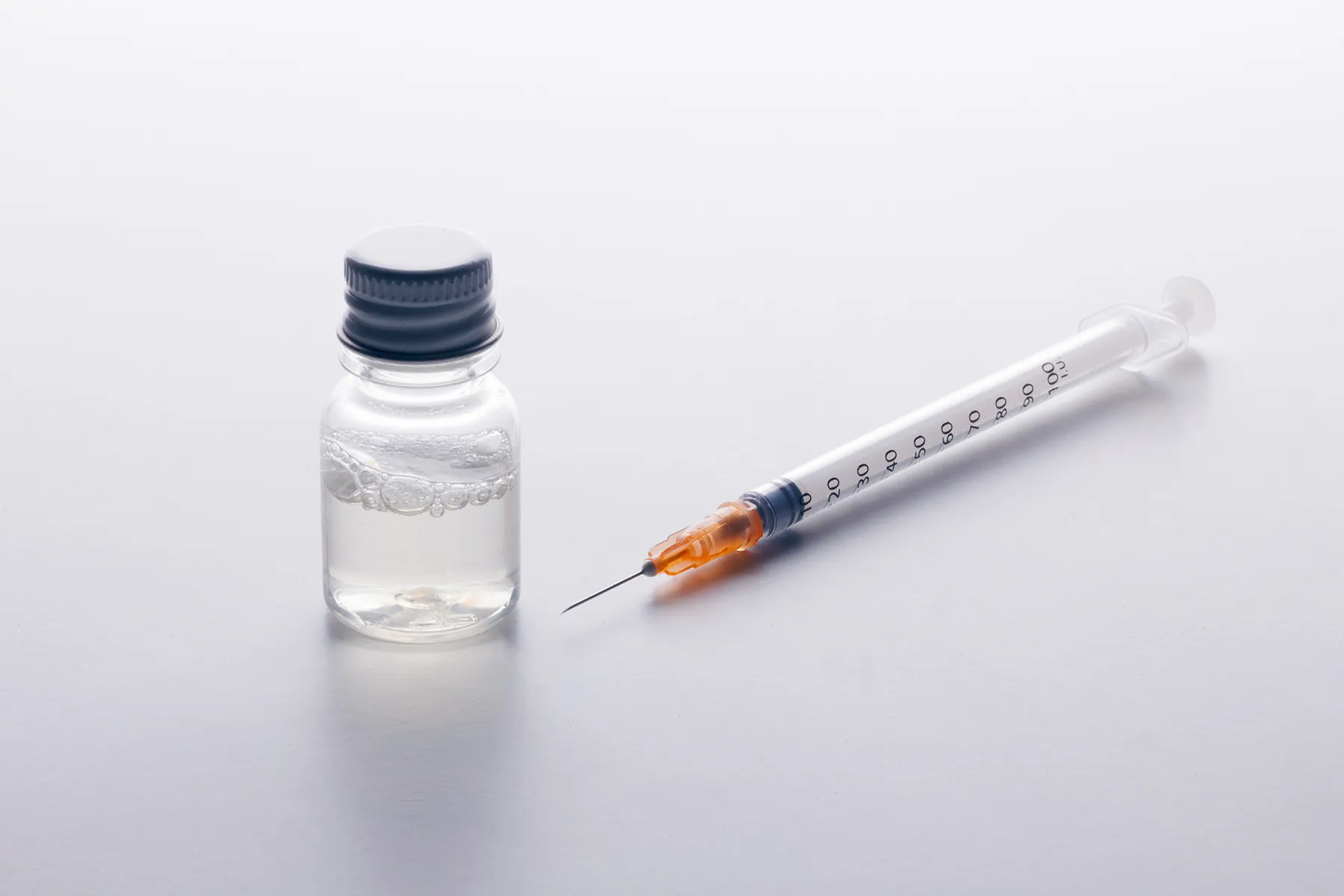
People from the poorest backgrounds are far more likely to develop a mental disorder later in life than those from wealthier beginnings, suggests a study published online in the Journal of Epidemiology & Community Health.
In addition, more than half of people with a low educational attainment at age 30 will have a diagnosis of a mental disorder 22 years later, according to the study of people in Finland.
Previous studies have found a link between socioeconomic position and incidence of mental disordersbut the importance of different measures of socioeconomic position has seldom been compared.
A team of researchers from Finland analyzed official national data on more than 1.2 million of the population born between 1966 and 1986 who were living in Finland when they turned 30.
They set out to investigate the association between socioeconomic position at the age of 30 and the subsequent risk of the most common major mental disorders—substance misuse, schizophrenia, mood, and anxiety disorders.
They used three register-based measures for socioeconomic position, namely, educational attainment, employment status, and personal total income while also taking into account shared family characteristics that have an impact.
The study’s population was followed between 1996 and 2017 and just over a quarter (26.1%) of them (331,657) were diagnosed with a mental disorder during the study’s follow-up period.
The researchers’ analysis showed that lower socioeconomic position at age 30 was consistently associated with a higher risk of being later diagnosed with a mental disorder, even after taking into account shared family characteristics and prior history of a mental disorder.
Analyses of specific diagnoses revealed that the associations were considerably stronger when substance misuse or schizophrenia spectrum disorders were used as an outcome.
Compared with people who were employed, being outside the labor force or unemployed were both associated with a twofold risk of a later mental disorder diagnosis, they said.
They also found that, by the age of 52 years, 58% of people who had low educational attainment at the age of 30 were later diagnosed with a mental disordercompared with 45% and 36% of people who had completed secondary or higher educationrespectively.
This was an observational study, and as such, can’t establish cause.
Moreover, the study had some limitations such as the fact that the registers covered long-term sickness absences and primary care only starting from 2005 and 2011 respectively, which meant that it was likely mental disorders of those people with milder symptoms, who were only treated by a GP before the year 2005 or who did not seek help from any type of healthcare service for their mental disorders, were not included.
Therefore, the information used on mental disorders before the age of 30 was an underestimate of the underlying prevalence of these conditions.
Nevertheless, the researchers highlighted the fact that using a nationwide study population with complete follow-up, sibling design, and both secondary and primary care psychiatric register data were strengths of their study.
The researchers concluded: “These findings suggest that the burden of mental disorders is vastly greater among persons with low socioeconomic positionand policies enhancing social mobility or allocating greater amounts of preventive measures to persons with low socio-economic position could mitigate the disease burden of mental disorders in the society.”
More information: Socioeconomic position at the age of 30 and the later risk of a mental disorder: a nationwide population-based register study, Journal of Epidemiology & Community Health (2023). DOI: 10.1136/jech-2022-219674
Citation: Least wealthy people more likely to have mental health disorder later in life (2023, February 6) retrieved 11 March 2023 from https://medicalxpress.com/news/2023-02-wealthy-people-mental-health-disorder.html
This document is subject to copyright. Apart from any fair dealing for the purpose of private study or research, no part may be reproduced without the written permission. The content is provided for information purposes only.
Note: This article have been indexed to our site. We do not claim legitimacy, ownership or copyright of any of the content above. To see the article at original source Click Here












